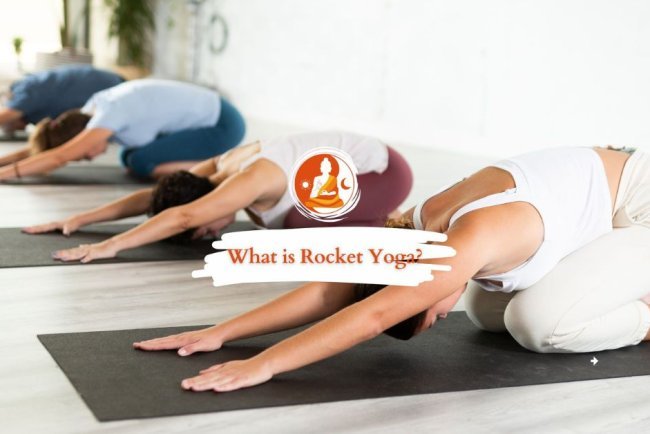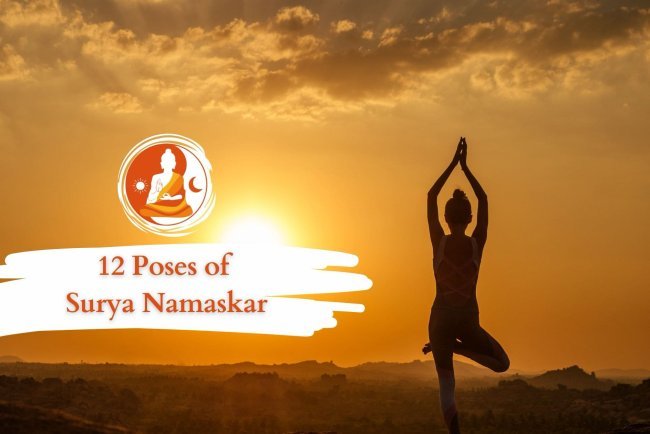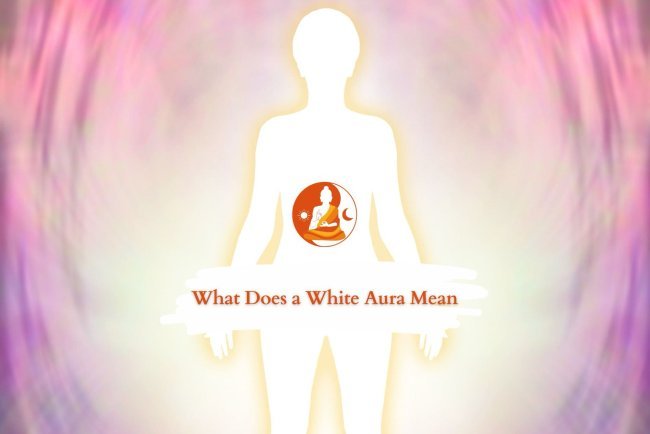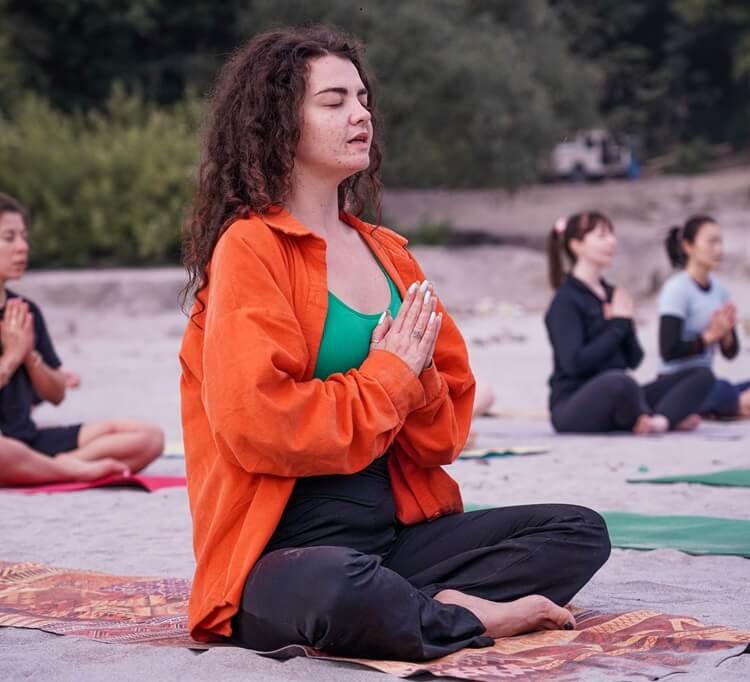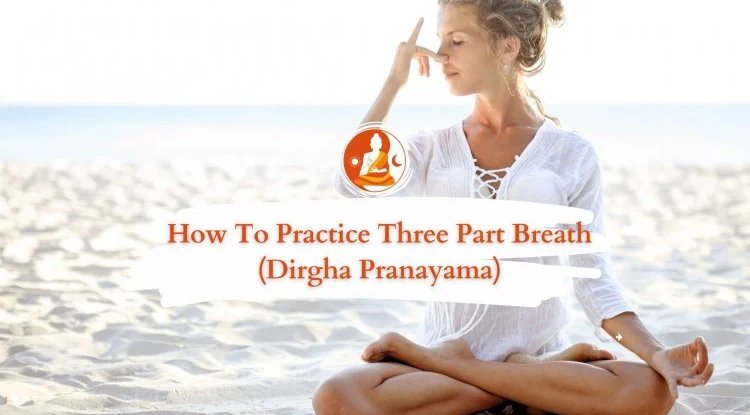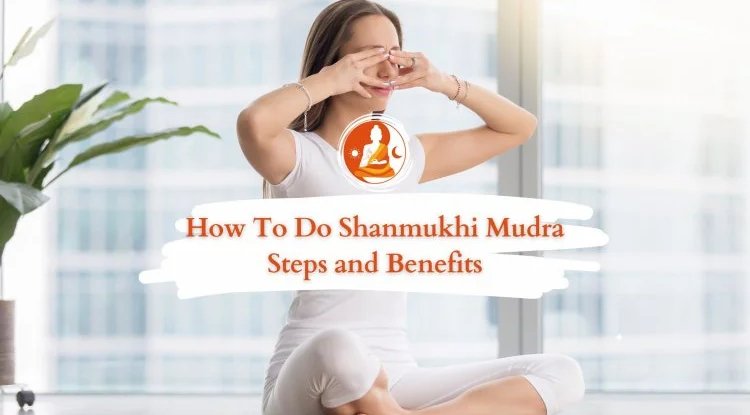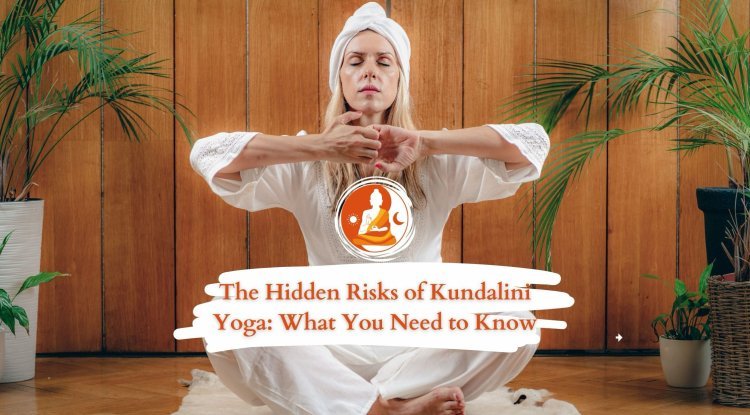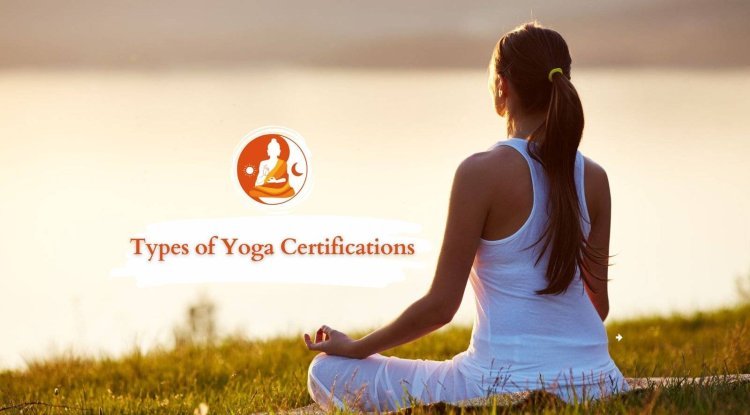Bhadrasana Yoga: A Complete Guide to the Pose of Grace

Bhadrasana Yoga, commonly known as the "pose of grace," is a very simple yet deeply powerful seated yoga pose. It is derived from ancient yogic traditions to help create inner stillness, increase flexibility, and induce relaxation. At first glance, it may look to be basic, but it is teeming with potential for deepening the connection with both body and mind.
This pose is especially loved for its quality of opening the hips and strengthening the spine and hence is accessible and beneficial for all-level practitioners. Adding this asana to your schedule can bring in a calm and balance throughout the day. Its simplicity gives in to actual results from this posture, which provides both physical and mental benefits that improve overall well-being.
Whether experienced or just beginning, this pose is a gateway to the meditative aspects of yoga. In this article, we will dive deep into the nuances of this yoga form, from its procedure and benefits to its contraindications. We will also touch upon related poses such as Supine Bhadrasana and explore how this posture fits into the broader context of yoga practice. By understanding the intricacies of this pose, you can unlock its full potential and integrate it seamlessly into your routine.
What is Bhadrasana Yoga?
It is a seated posture taken from the Sanskrit word "bhadra," which translates to "gracious" or "auspicious." It's usually practiced in meditation and pranayama because it provides a grounding nature. This pose helps maintain a straight spine, relaxed shoulders, and focused breathing. Therefore, it is an ideal pose for attaining mindfulness.
Bhadrasana Yoga is part of what could be included in Bhadra Yoga practices, but the latter might involve broader elements beyond just the physical posture. The bhadra yoga benefits emphasize mental and physical well-being, aligning with the symbolic meaning of "Bhadra" (graceful or auspicious).
Read Also: What is Paschimottanasana Yoga?
Bhadrasana Procedure
Practice Bhadrasana with the following steps:
- Begin Seated: Sit on a yoga mat with your legs extended forward.
- Form the Posture: Bend your knees and bring the soles of your feet together. Allow your knees to drop gently towards the ground.
- Position Your Feet: Hold your feet with your hands and draw them closer toward your pelvis.
- Adjust Your Posture: Keep your back straight, chest open, and shoulders relaxed.
- Engage in Breathwork: Close your eyes and focus on your breath. Inhale deeply and exhale slowly to deepen the stretch and calm your mind.
Bhadrasana Benefits
Practicing Bhadrasana Yoga regularly offers numerous physical and mental benefits, including:
Improved Flexibility: Opens the hips and inner thighs, enhancing mobility.
- Strengthened Spine: Promotes proper alignment and spinal health.
- Calm Mind: Encourages relaxation and reduces stress.
- Enhanced Digestion: Stimulates abdominal organs and improves digestion.
- Better Posture: Develops body awareness of alignment and balance.
Also Read: Online Yoga Nidra Training
Bhadrasana Contraindications
Bhadrasana is generally safe; however, there are some conditions where caution or modification is necessary. Avoid this pose if you have severe knee or hip pain, recent injuries to the legs or lower back, or difficulty in maintaining an upright posture. Always consult a yoga instructor or healthcare professional if you are unsure about practicing this pose.
SupineBhadrasana: A Reclined Variation
Supine Bhadrasana, or the reclined bound angle pose, is a mild version of Bhadrasana. This is a great variation for relaxation and deepening the flexibility in the hips.
Comparison with Other Yoga Poses
The comparison of Bhadrasana may be made with the following:
1. Shalabhasana
Shalabhasana, or the locust pose, is a backbend. Shalabhasana steps complement Bhadrasana by strengthening the back and core.
2. Vajrasana Procedure Benefits and Contraindications
Vajrasana, or the thunderbolt pose, is another sitting position that helps digest the food and brings one into a mindful state. Its advantages include enriching blood circulation and enhancing one's concentration abilities.
3. Contraindications of Vajrasana
Avoid using Vajrasana if a painful kneecap or leg accident has recently occurred.
4. Padmasana Contraindications
Padmasana, or the lotus pose, is a more advanced seated posture. While it's excellent for meditation, it may not be suitable for those with knee or hip issues due to the deep flexion required.
5. Images of Bhadrasana
Visual references can be incredibly helpful for understanding the alignment and nuances of Bhadrasana. Search for "Bhadrasana images" to see variations and proper forms demonstrated by experienced practitioners.
Related Post: What is a Moon Salutation in Yoga?
Conclusion
Bhadrasana is not just a pose but a path to inner harmony and physical well-being. Incorporating this posture into your practice will bring about its transformative benefits, from flexibility to a calmer mind. Approach it with mindfulness and listen to your body.
This is a subtle reminder of how the body and mind are interlinked. Through practice, you will find an increase in the ability to be present in the present moment, on and off the mat. You can use it as a meditative seat or a restorative stretch. It offers you a versatile tool for balance and inner peace.
Accept Bhadrasana Yoga into your daily routine. Learn the different variations and deepen your knowledge, and then it will help you to find a more balanced life. Ready to dive deeper into yoga? Try Bhadrasana today and find the beauty of grace that comes with it.
Assistance & FAQs
It is ideal to practice this pose in the morning or evening when the mind is calm and the stomach is empty.
Yes, it is a beginner-friendly pose that can be easily modified as needed.
Start with 1-2 minutes and gradually increase the duration as you become more comfortable.
Do not practice if you have serious knee or hip problems or recent trauma.
They are both seated poses except that Bhadrasana is one you can do easily right now while the advanced Padmasana is only for yoga adepts.
What's Your Reaction?







